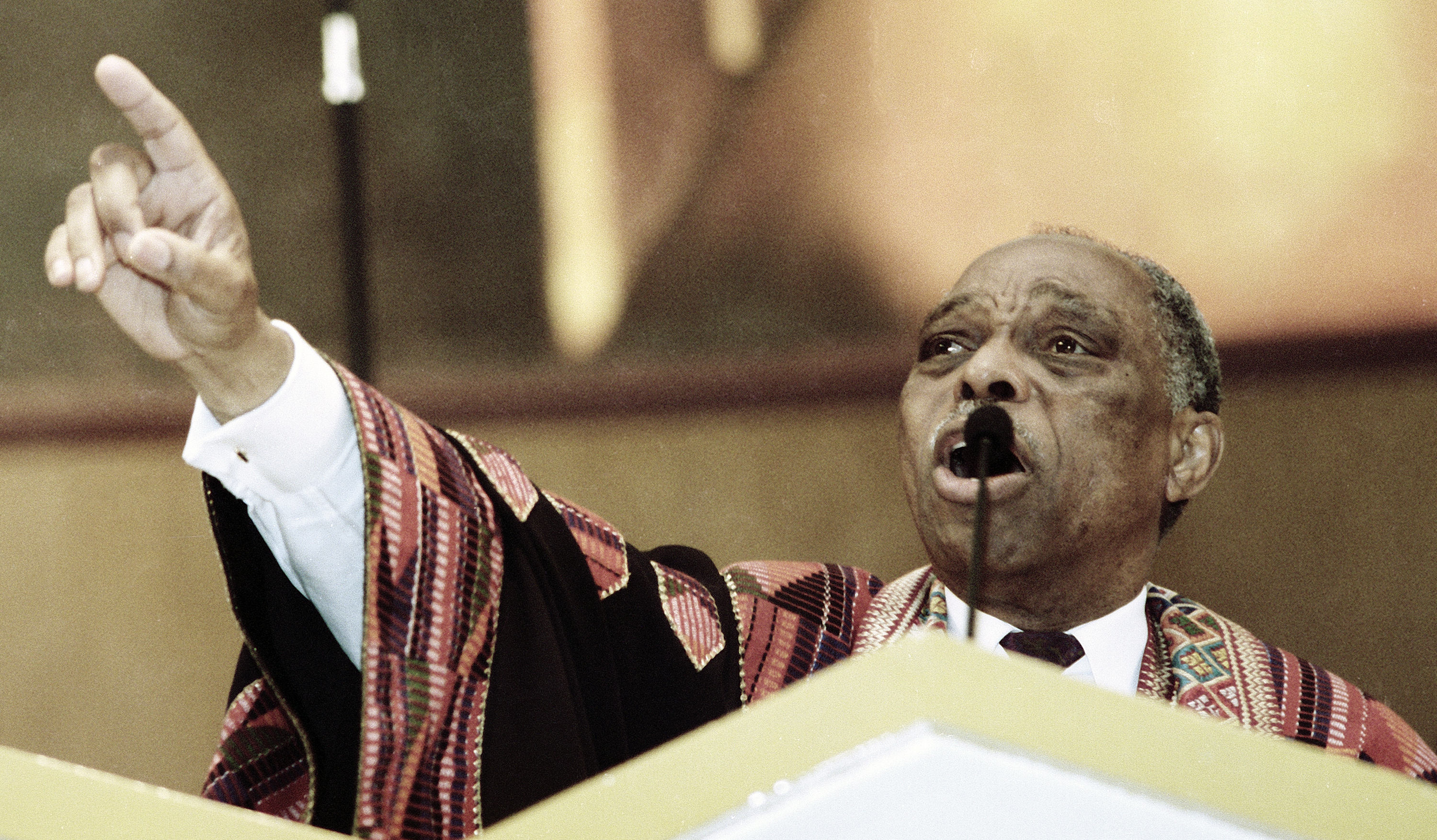Thousands of buildings across Los Angeles must be beefed up to better resist collapsing during a major earthquake, under a long-awaited ordinance passed Friday by the City Council and quickly signed into law by the mayor.
Officials expressed confidence that remaining issues over how to pay for it can be resolved in the next few months.
"There will be a future earthquake at which we will come back and say nobody died because this city council, this mayor, took action and got rid of the buildings that we know kill people," said Lucy Jones, the seismologist on loan from the US Geological Survey who dedicated a year to help Los Angeles improve seismic safety.
The retrofit law targets some 13,500 apartment buildings with so-called "soft story" ground floors,
and an estimated 1,500 older concrete buildings considered "non-ductile," or brittle,
all constructed before 1980.
It affects, in all, some 185,000 housing units, along with a multitude of major office buildings.
The concrete buildings will be more difficult and costly to reinforce, the expense in some cases expected to exceed $1 million. Under the new retrofitting law, owners of those buildings will have 25 years to comply.
The wood-framed soft-story apartments can be reinforced at a cost of between $5,000 and $10,000 per unit, said Jones. Owners will have seven years to do the work.
News
Top news of the day
The vulnerabilities of both construction methods have been underscored in previous quakes. The Olive View Medical Center — considered to have had non-ductile construction — collapsed during the 1971 Sylmar Quake. The pancaking of the Northridge Meadows apartment building onto the ground floor parking killed 16 people during the 1994 Northridge Quake.
The city of Los Angeles is not making public its list of the buildings identified as in need of retrofitting. The city's building department expects to begin notifying building owners shortly on a priority basis — taller buildings first. Tenants will not be notified by the city.
"The tenants have to be notified by the owner when the work is going to happen," said Frank Bush, general manager of the LA's Department of Building and Safety.
Groups often at odds representing the interests of apartment owners and renters have found common ground in supporting the retrofitting ordinance, but still have differences over how the cost should be allocated.
A bill passed by the legislature would provide tax credits to building owners for up to 30 percent of retrofitting expenses. The bill, by Assemblyman Adrin Nazarian, D-Van Nuys, is now on Governor Brown's desk. He has until Sunday to veto it, sign it, or allow it to become law without his signature.
"The Governor's not a big fan of tax credits," Garcetti said.
Other government subsidies or discounts are also under consideration to defray the retrofitting expense.
"We're waiting to see if these things will bring the cost down for both sides, and then we'll look at probably a pass-through where the owner and residents would split" the cost, said James Clarke, executive director of the Apartment Association of Greater Los Angeles.
It's believed city rental control applies to many of the units in the soft-story apartments affected by the ordinance.
One proposal considered by the City Council would be to divide the net retrofitting cost evenly between the building owner and tenants, and cap the tenant's share at $38 per month, but that was not part of the ordinance as passed Friday.
"Right now 100 percent could be passed through to the renters," said Larry Gross, executive director of the Coalition for Economic Survival. "They could see rent increases of $75 a month."
In buildings with lower income tenants, the impact could be devastating, Green said.
"We could see mass displacement — not from an earthquake — but from rent increases,"
Green said.
City Hall will look further at the funding issues, said Councilman Gil Cedillo, whose committee brought the retrofitting bill to the full council.
Garcetti said the city is committed to protecting affordable housing and avoiding the loss of units from quake damage as happened with the Northridge, which he said claimed 49,000 units.
"These proposals are specifically designed to be achievable," Garcetti said.
The retrofitting mandate is part of the Mayor's initiative to address the city's vulnerabilities
from natural disaster, including drought and a major earthquake.
Last December, the Mayor's office released the "Resilience by Design" plan, setting forth recommendations for reducing casualties and protecting the city's water supplies, communications infrastructure and buildings.
The action plan states that future earthquakes along the San Andreas Fault are expected to reach magnitude-7.8 or higher. The devastating Northridge quake was magnitude 6.7, but Los Angeles should "set a higher standard than having recovered" from the 1994 earthquake, according to the report.



